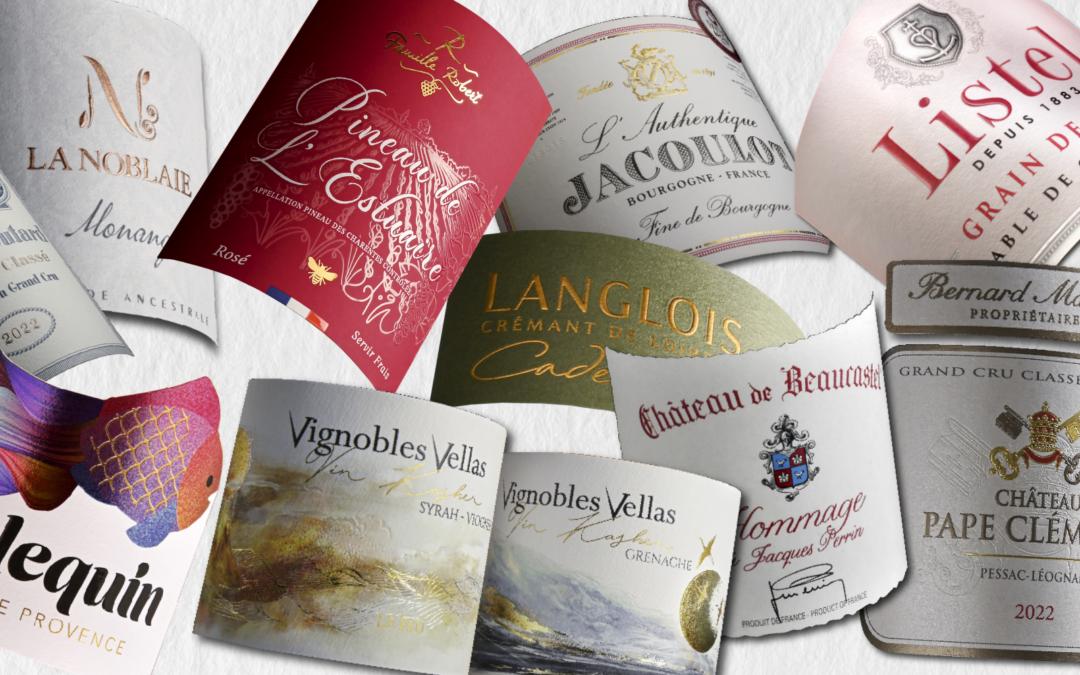A brand plays a crucial role in how a product is communicated and perceived by consumers. It is far more than just a name or a logo – it gives a strong and distinctive identity. A brand conveys values and a promise of quality. That’s why it’s essential to showcase it effectively on your product labels.
Why is branding so important?
First and foremost, a brand helps identify a company and its products. A well-known brand enjoys immediate recognition in a crowded marketplace. It supports customer loyalty by offering a clear visual reference and by creating an emotional connection with its audience. Consumers who are attached to a brand are more likely to make repeat purchases and recommend the product to others.
Additionally, a well-established brand inspires trust and is often seen as a mark of quality. A strong brand can influence perception and justify higher pricing thanks to the confidence and loyalty it fosters among consumers.
The label: a key element for catching the eye
A well-designed label featuring a strong brand captures consumer’s attention on the shelf. It influences purchasing decisions through its design, messaging, and use of colour. Beyond the logo, the label usually includes mandatory information (ingredients, expiry date, origin, legal notices, etc.), but it can also feature certifications or labels (such as organic or fair trade) that reinforce brand credibility.
To ensure maximum visibility, the brand name should be placed centrally and in a size that is easily noticeable. The right colour choices help the logo stand out from the background. It’s important to ensure the brand is legible by using a clear typeface that aligns with the brand’s identity.
Brand visual codes must be respected – from colours that evoke positive emotions, to graphic elements (icons, symbols, illustrations, emblems) that strengthen identity, as well as materials and finishes that give a premium impression and enhance appeal.
A brand with values
The label offers a unique space for communicating the brand’s values and commitments. A tagline that reflects the brand’s mission or promise (e.g. “Naturally good”, “Excellence since 1950”), or a quality certification (e.g. Organic, Fair Trade, Made in France), can enhance credibility.
Brand storytelling can briefly present the brand’s history or its commitments, helping to create an emotional connection with the consumer.
Incorporating interactive elements such as a QR code linking to a website or video encourages consumer engagement with the brand.
Another effective idea: limited editions, personalised messages, or varied designs to draw attention and build customer loyalty.
The label’s design should always be adapted to the target audience. For example, bright and colourful designs appeal to a younger, more dynamic audience, while a minimalist and elegant design suits premium products. Each sector has its own visual codes – such as playful colours and illustrations for children’s products, or clean, refined aesthetics for high-end cosmetics.
A brand is a powerful tool that blends identity, marketing, and consumer engagement. It plays a key role in how products are perceived and in their competitiveness in the marketplace. A strong brand, well maintained and aligned with customer expectations, is a major asset for long-term business success. A well-designed label is a true marketing tool. It should reflect the brand’s DNA, catch the eye at first glance, and encourage purchase – all while remaining clear and informative.
Get in touch with us if you’d like support in developing your labels:
